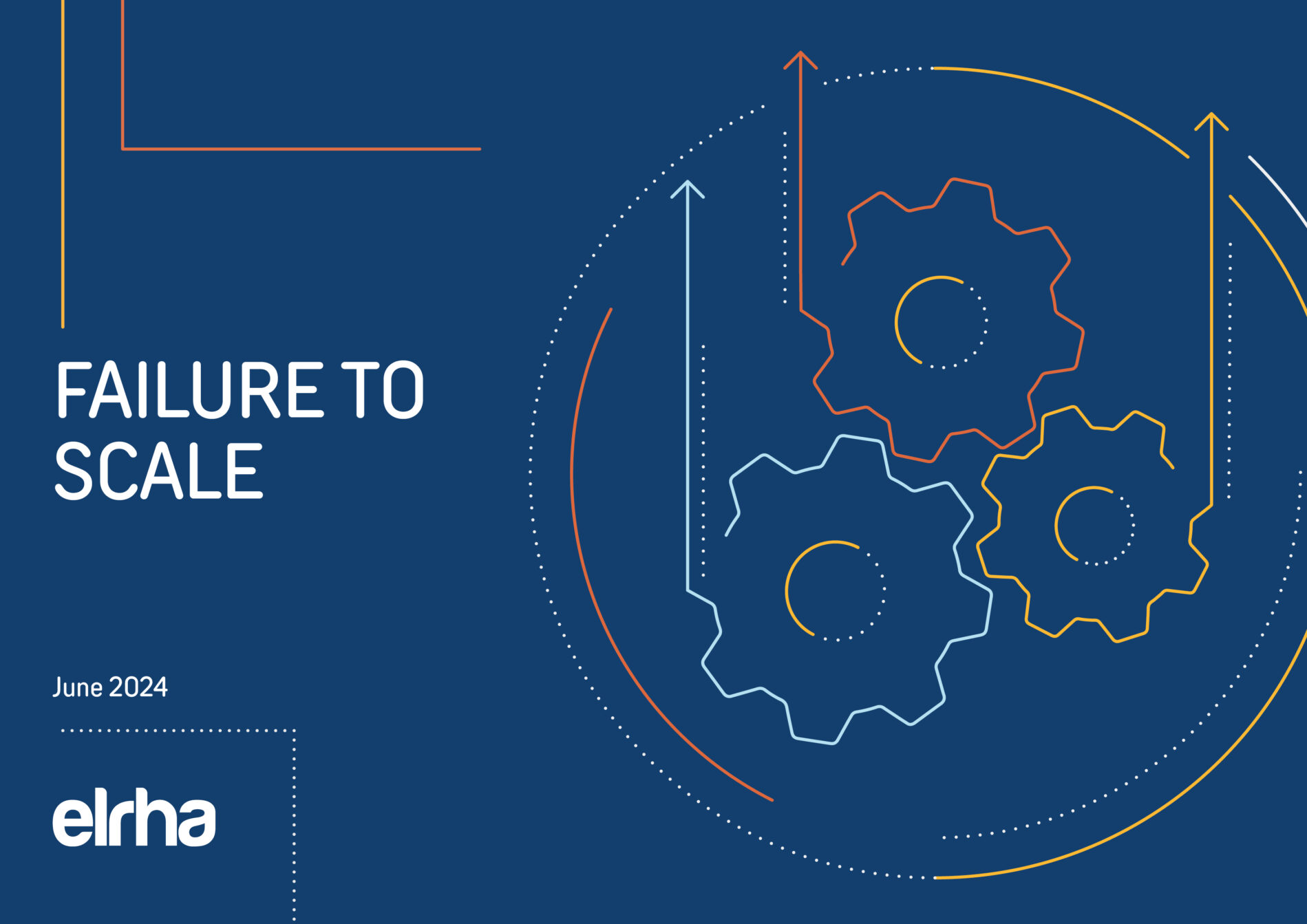Incidence and safety of abortion in two humanitarian settings in Uganda and Kenya: a respondent-driven sampling study

Access to abortion is a fundamental human right, yet most humanitarian agencies do not provide abortion services. This study aimed to describe abortion practices, safety, and incidence in two refugee settings: Bidibidi Refugee Settlement in Uganda and Kakuma Refugee Camp in Kenya. Between March and October 2022, researchers surveyed 1,201 women and girls with abortion experiences in the past five years using respondent driven sampling and conducted assessments of 27 health facilities.
The most common abortion methods reported were traditional herbs and non-medication pharmaceuticals such as painkillers and antimalarials. WHO-recommended methods, including mifepristone with misoprostol, misoprostol alone, or manual vacuum aspiration, were rarely used. Self-reported complications were high, and nearly one quarter of participants avoided seeking post abortion care. The estimated annual abortion rate was 52 per 1,000 in Bidibidi and 55 per 1,000 in Kakuma. Only five facilities offered safe abortion services, though most provided post abortion care.
These findings highlight the urgent need for accessible and safe abortion services in refugee settings, where traditional methods are widely used and access to WHO-recommended care is extremely limited.